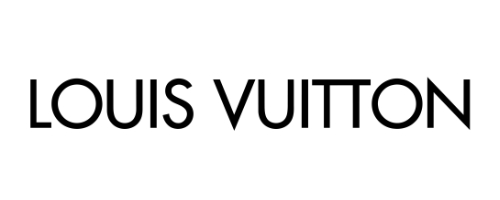Louis Vuitton Brand
Fondation Louis Vuitton: The Red Studio By Mattise & Shapes And Colours By Kelly
Luxferity, 20.04.2024

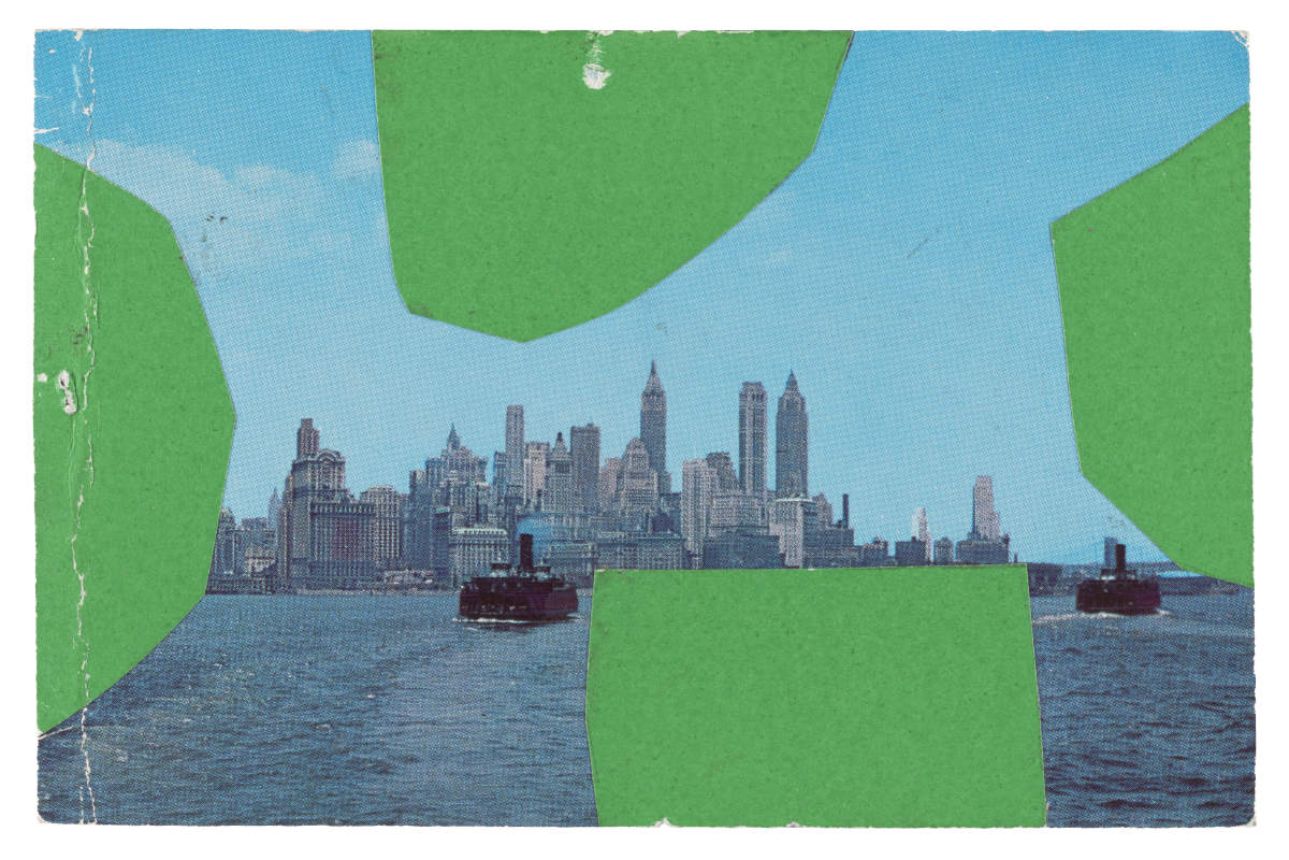
In the Spring of 2024, Fondation Louis Vuitton is reaffirming its mission: promoting the art of our time to the widest possible audience. Committed to the presentation of ‘landmark works of modernity,’ the Fondation also undertakes to celebrate artists who, while having a connection with the history of modernity, have proposed new models and disrupted perceptions. At the same time, the Fondation supports contemporary creators who boldly set out to reinvent their times, while the Open Space program continues to support and disseminate emerging talent.
From May 4 to September 9, 2024, a landmark exhibition dedicated to The Red Studio (1911) by Henri Matisse (1869-1954) is being presented at the same time as a new retrospective of the work of Ellsworth Kelly (1923-2015) featuring paintings, sculptures, photographs and drawings.
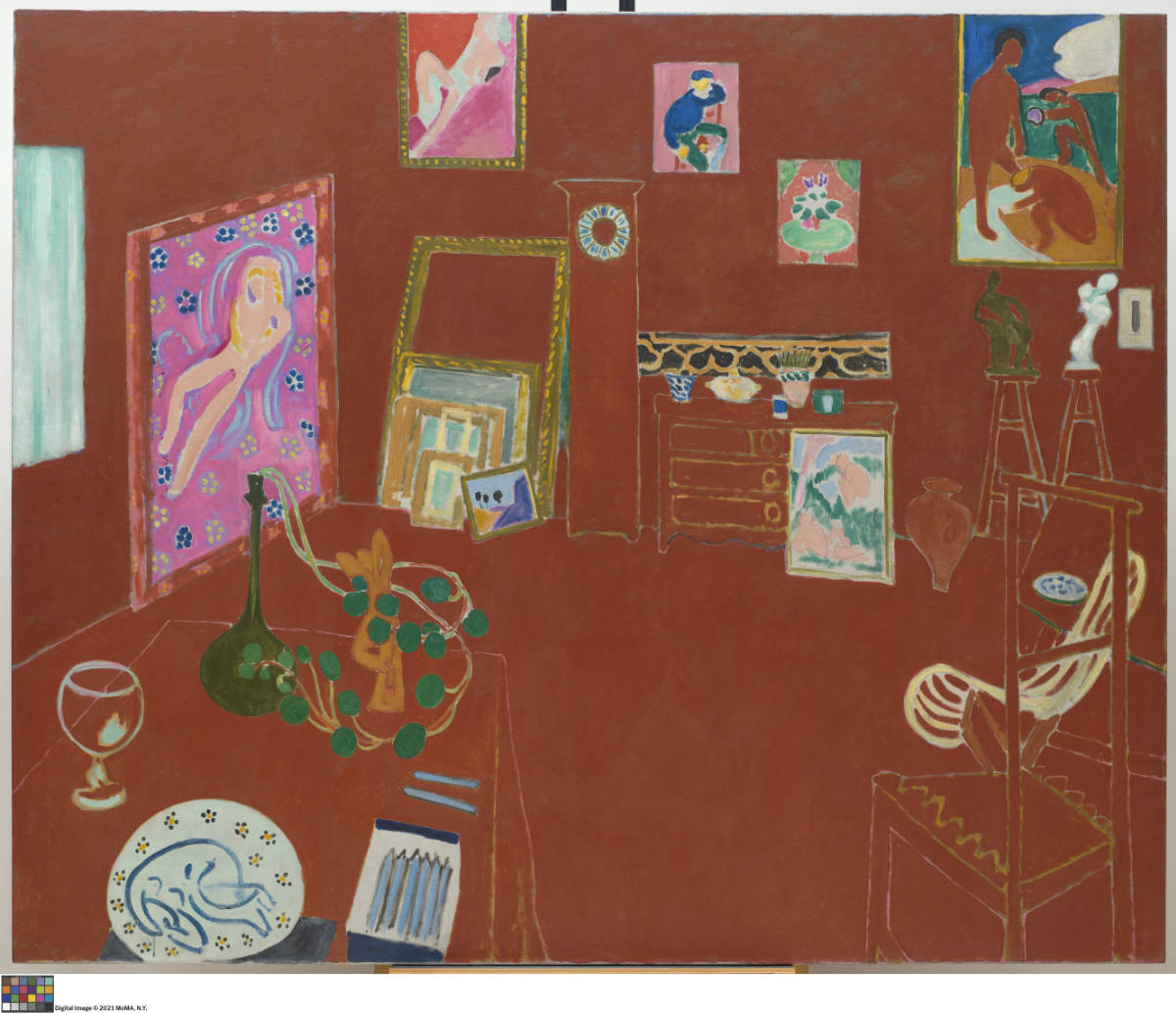
In addition, in the context of the Olympic Games in Paris, the Fondation presents a selection of works from the Collection which relate to sports, offering an alternative and poetic vision of this international event.
- Matisse, The Red Studio
Fondation Louis Vuitton, in collaboration with the Museum of Modern Art (MoMA), New York and the SMK - Statens Museum for Kunst, Copenhagen (National Gallery of Denmark) - is hosting the exhibition “Matisse, The Red Studio”, focusing on the genesis and history of this famous 1911 masterpiece, one of MoMA’s iconic works since its acquisition in 1949. The large canvas depicts the artist’s studio filled with his paintings and sculptures, furniture, and decorative objects. This exhibition reunites the artworks shown in The Red Studio for the first time since they left Matisse’s studio in Issy- les-Moulineaux. The presentation also includes archival material and related paintings and drawings.
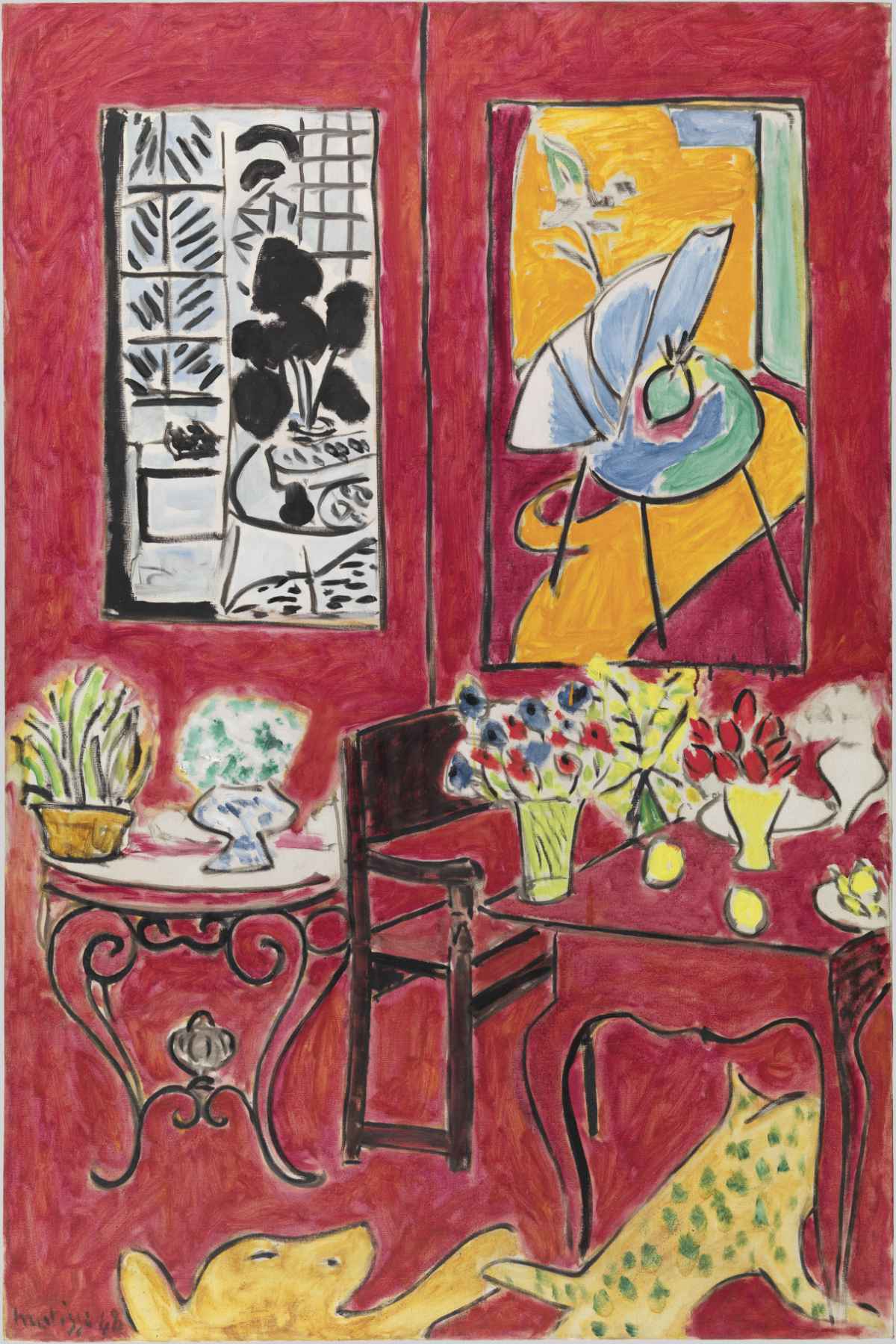
“Now over 110 years old, The Red Studio is both a landmark within the centuries-long tradition of studio paintings and a foundational work of modern art”, says Ann Temkin, MoMA’s chief curator. “The picture remains a touchstone for any artist taking on the task of portraying their studio. Matisse’s radical decision to saturate the work’s surface with a layer of red has fascinated generations of scholars and artists, including Mark Rothko and Ellsworth Kelly. Yet much remains to be explored in terms of the painting’s origin and history.”
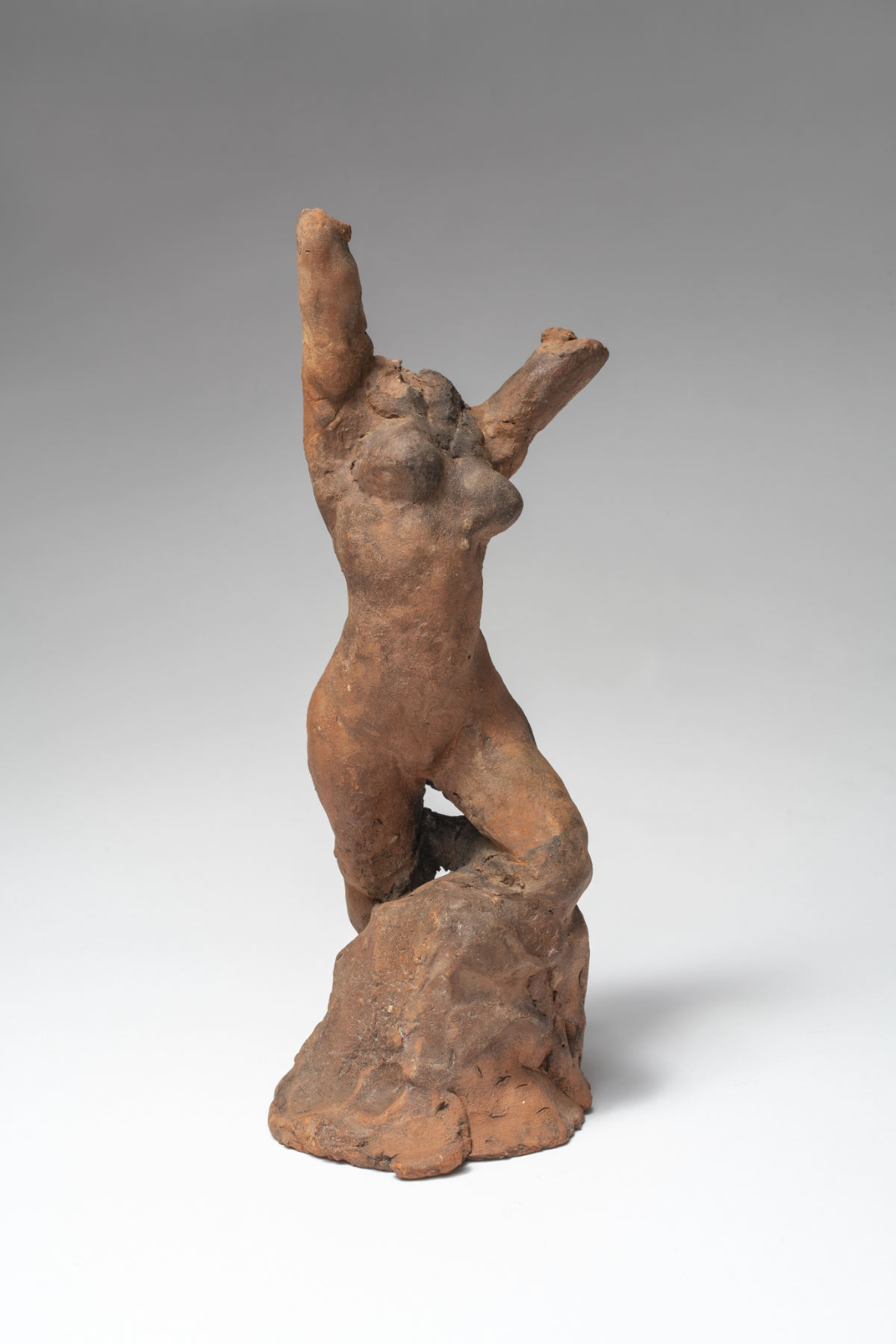
The core of the exhibition features The Red Studio alongside the surviving six paintings, three sculptures and one ceramic depicted in it. Created between 1898 and 1911, these objects range from familiar paintings, such as Young Sailor (II) (1906) - which will be exhibited in France for the first time in 31 years - to lesser-known works, such as Corsica, The Old Mill (1898), and objects whose locations have only recently been discovered.
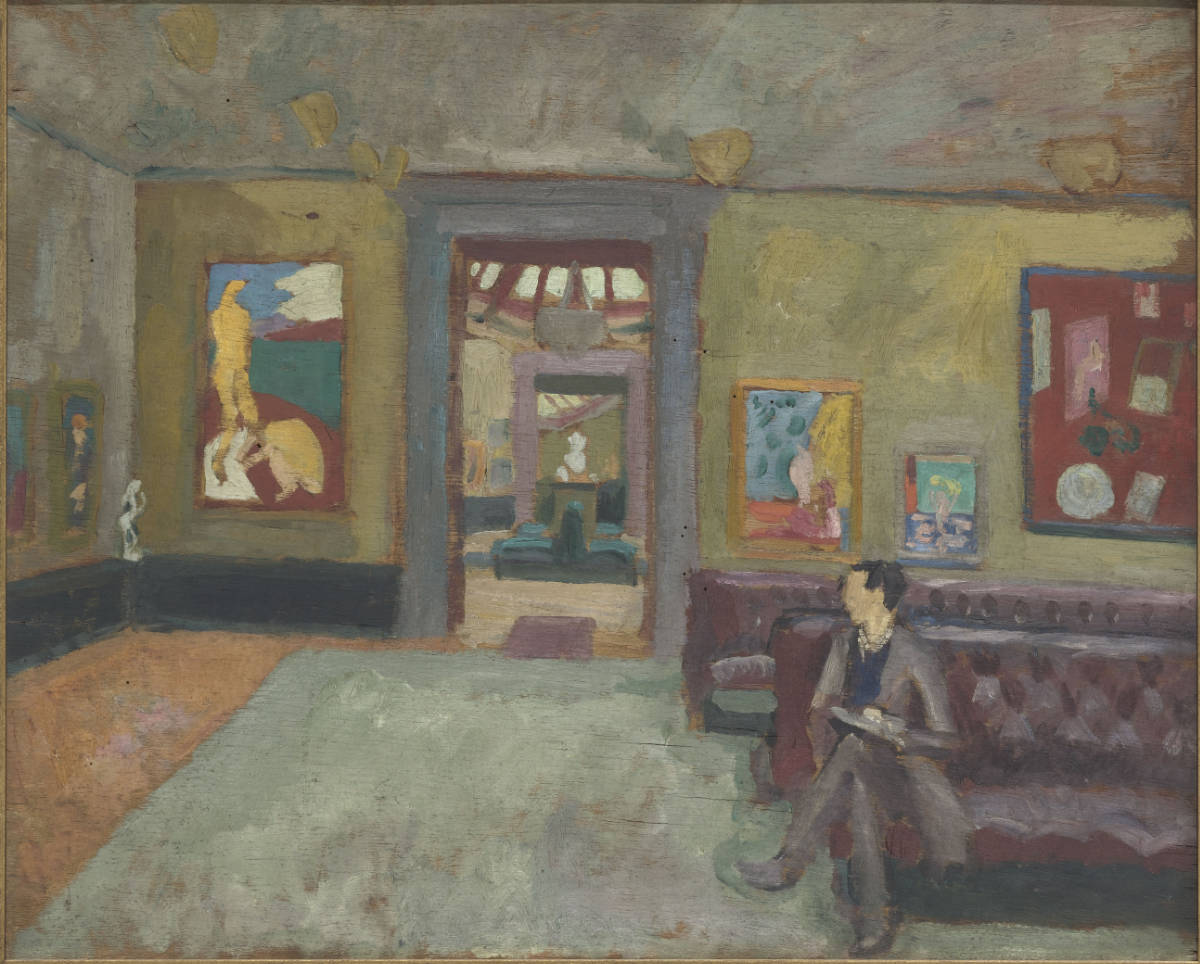
Three of these paintings - Bathers (1907), Le Luxe (II) (1907-08), and Nude with a White Scarf (1909) - belong to SMK as part of a significant collection of Matisse’s works, while the artist’s 1907 ceramic plate, depicted in the foreground, comes from MoMA’s collection.
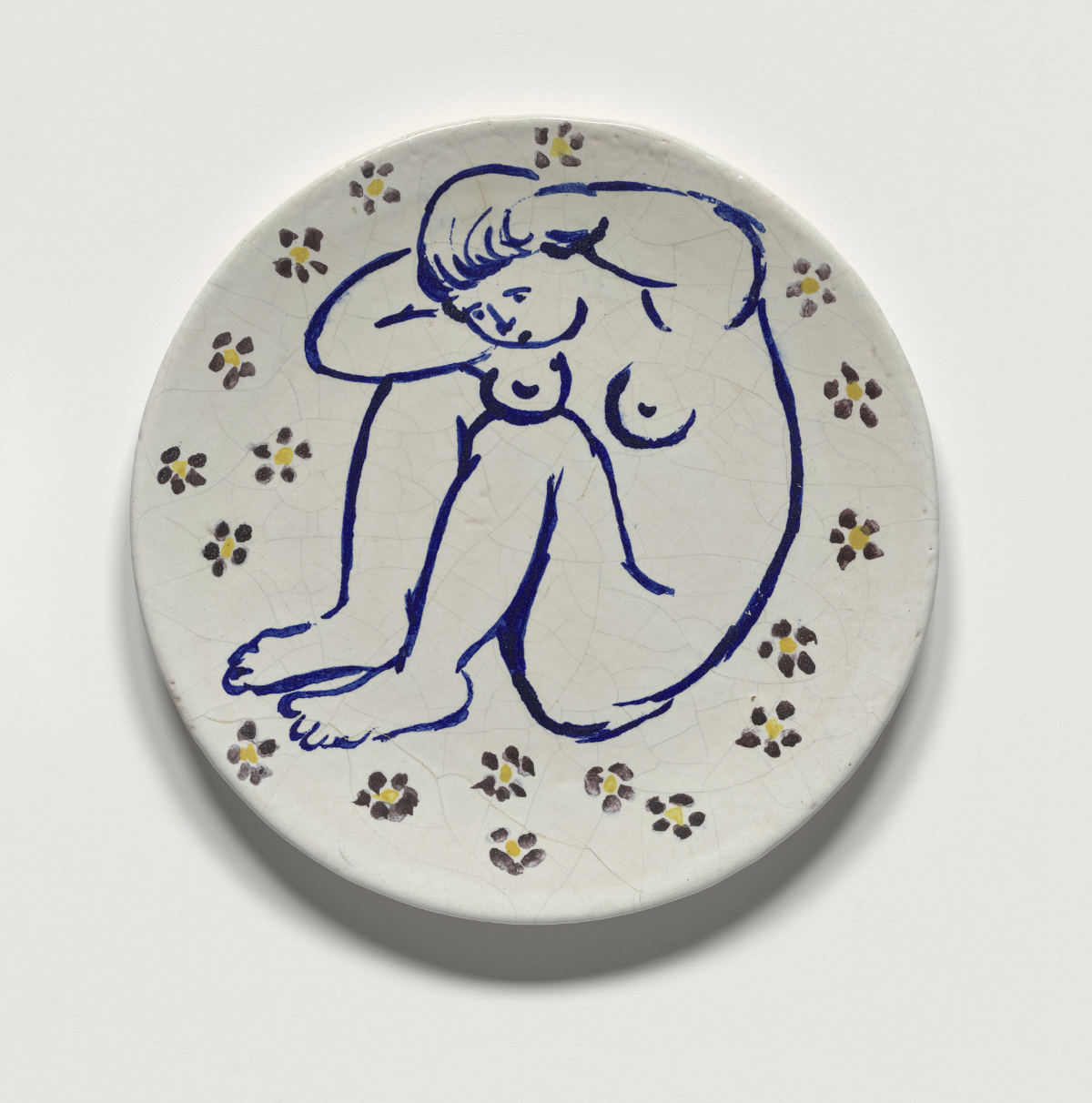
The exhibition also includes a number of paintings and drawings closely related to The Red Studio, such as MoMA’s The Blue Window (1913), and the MNAM/Centre Pompidou’s Large Red Interior
(1948), which help us narrate the painting’s complex path from Matisse’s studio to its eventual acquisition by MoMA. A rich selection of archival materials such as letters and photographs - many published or exhibited for the first time in connection with this project - disclose new information on the painting’s subject, evolution, and reception. The exhibition also includes a video devoted to conservation science, which presents recent discoveries about the process of making the painting.
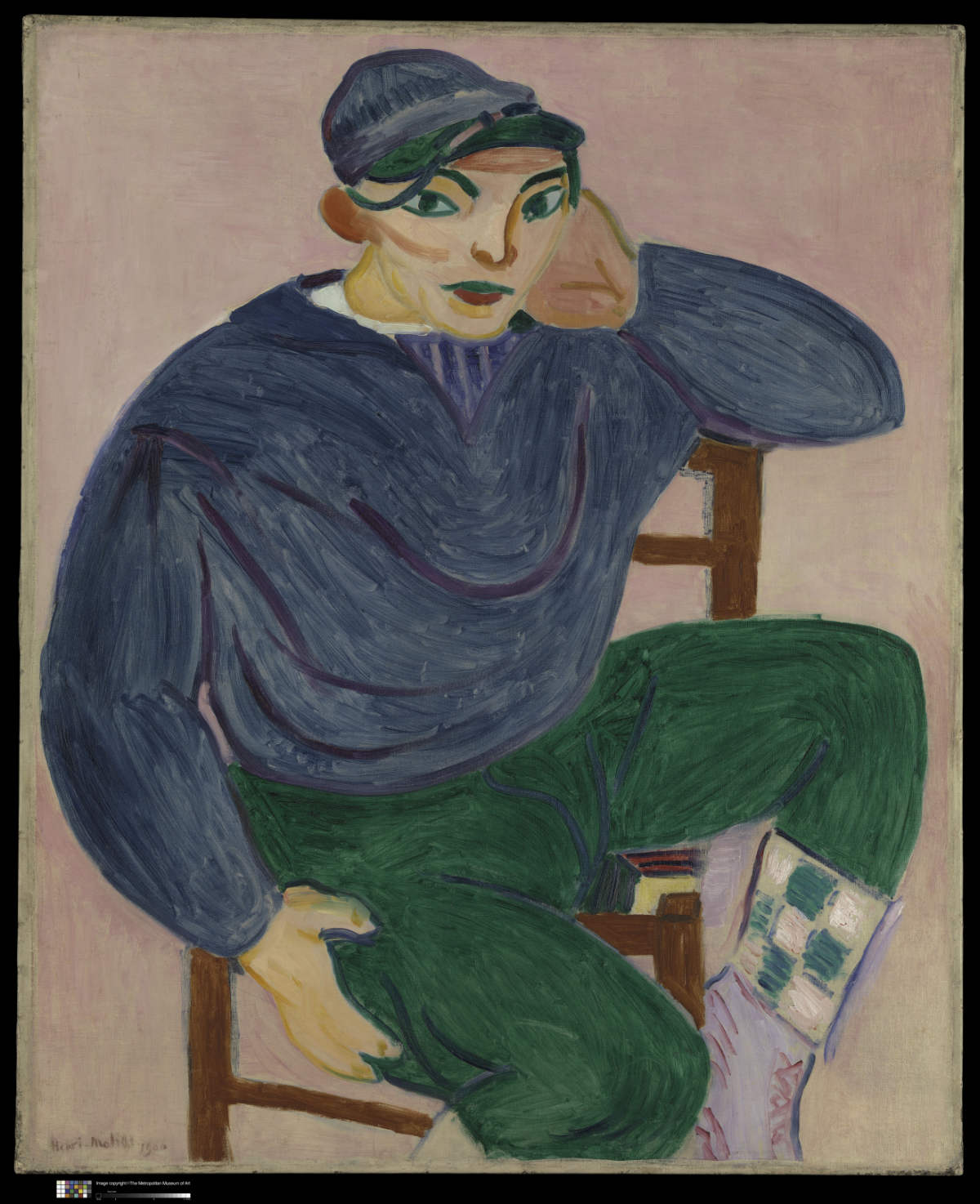
Matisse’s The Red Studio depicts the artist’s work environment in the town of Issy-les-Moulineaux. The Red Studio was painted as part of a sequence of works requested by Sergei Shchukin, Matisse’s most loyal and courageous early patron. Shchukin eagerly purchased the painting’s predecessor, The Pink Studio, but declined to acquire The Red Studio. The painting remained in Matisse’s possession for 16 years, during which time it traveled to the Second Post-Impressionist Exhibition in London in 1912 and to New York, Chicago, and Boston for the 1913 Armory Show.
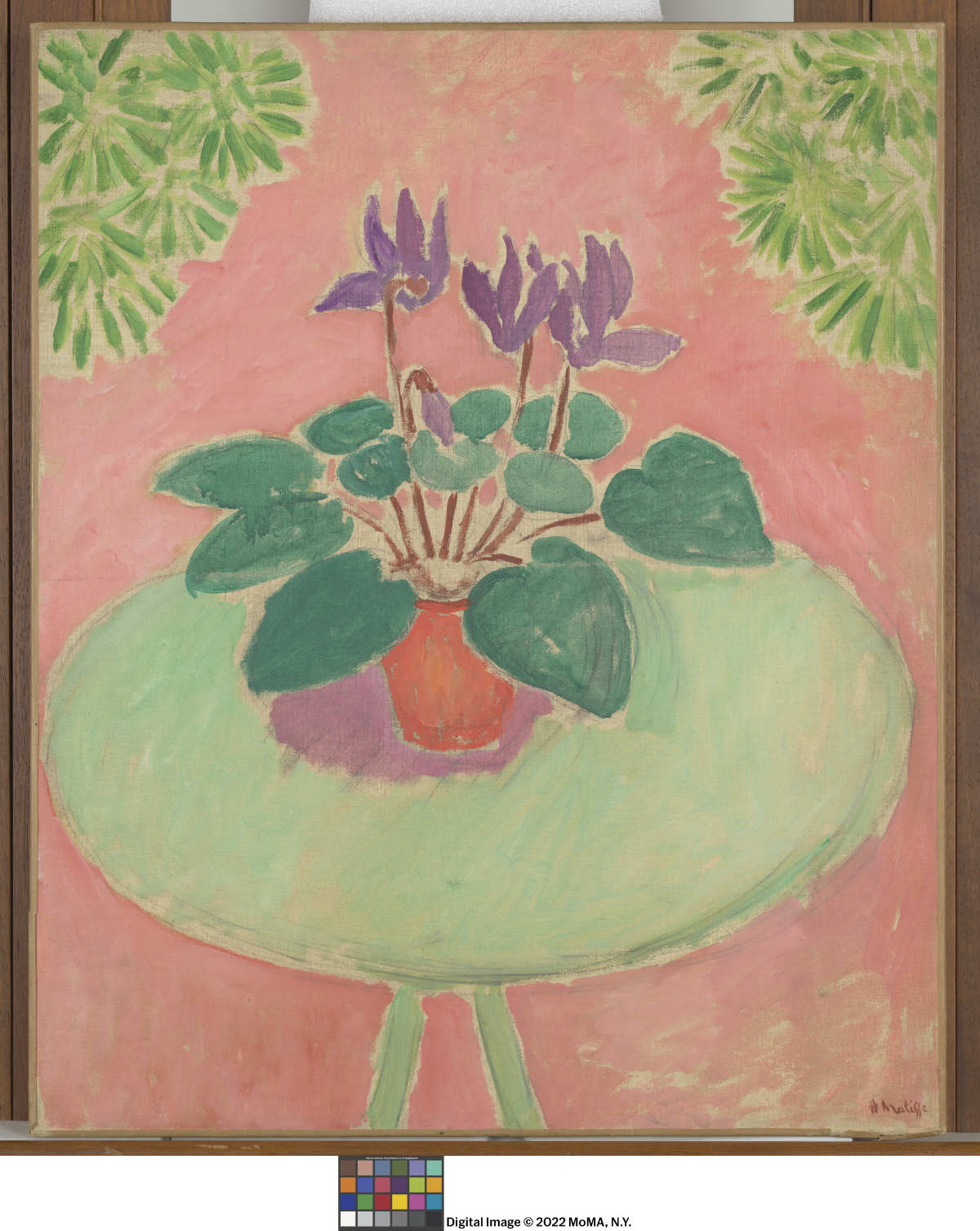
The Red Studio was finally purchased in 1927 by David Tennant, the founder of the Gargoyle Club in London, a members-only club that catered to artists and aristocrats alike. The paining hung in the Gargoyle Club until the early 1940s; soon after, it was purchased by Georges Keller, director of the Bignou Gallery in New York. In 1949, The Red Studio was acquired for MoMA’s collection.
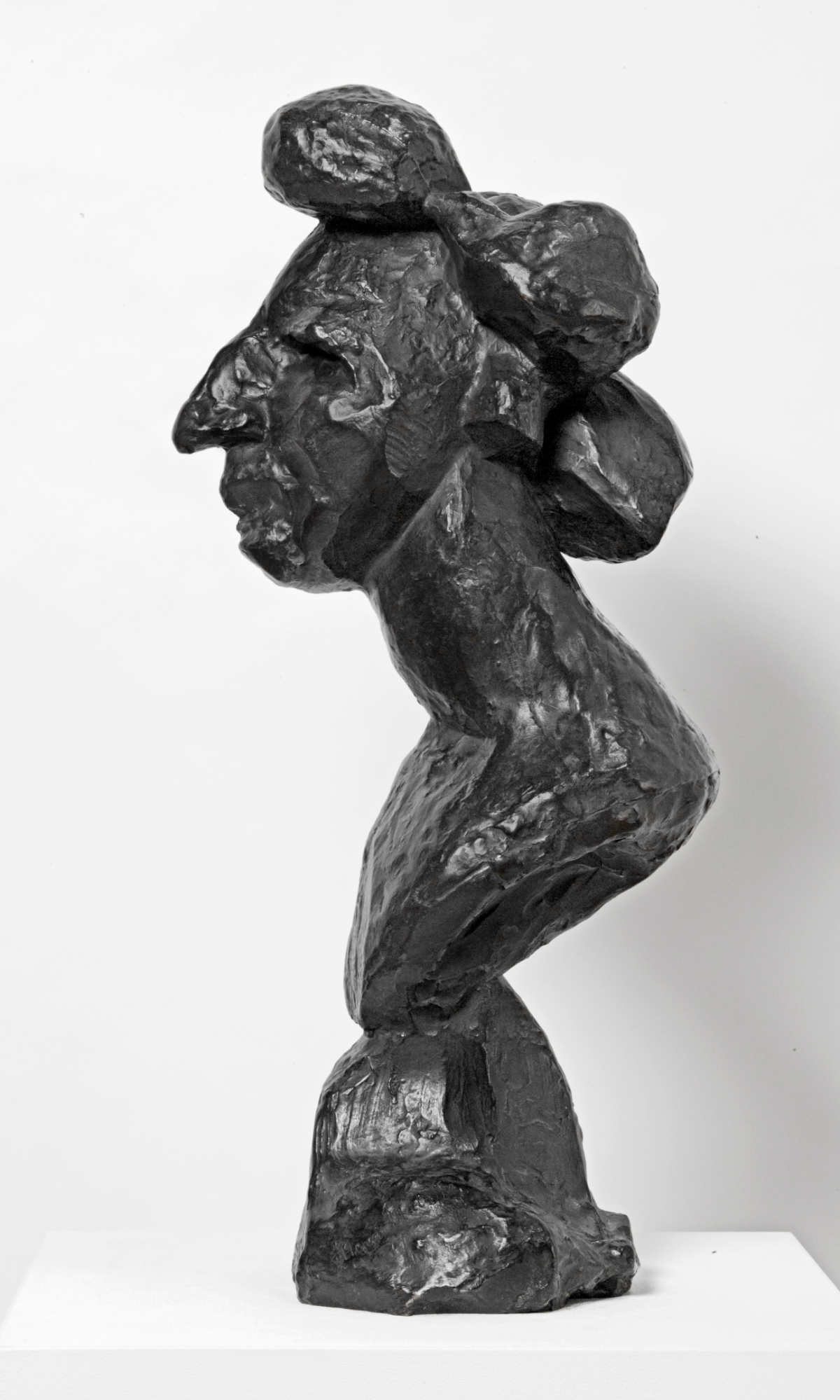
The work then got a second life. From 1949, New York artists and all those who happened to be passing through stopped in front of this painting, whose radical novelty was suddenly rediscovered. In the late 1940s, Matisse himself referred to what made the 1911 work unique: its “abstraction”, owing to the haunting prevalence of the color red, despite the precise depiction of the furniture, paintings and objects in Matisse’s Issy-les-Moulineaux studio at the time. Matisse would come up with a new series of paintings using the artist’s studio environment as their subject, particularly the 1948 Large Red Interior, which entered the collections of the Musée National d’Art Moderne in 1950 after being exhibited in New York by his son Pierre Matisse in February 1949. This work is present in the exhibition, evoking the importance of Matisse’s painting in the post-war years in Paris as well as in New York, and emphasizing the artist’s presence at the MNAM as well as at MoMA.
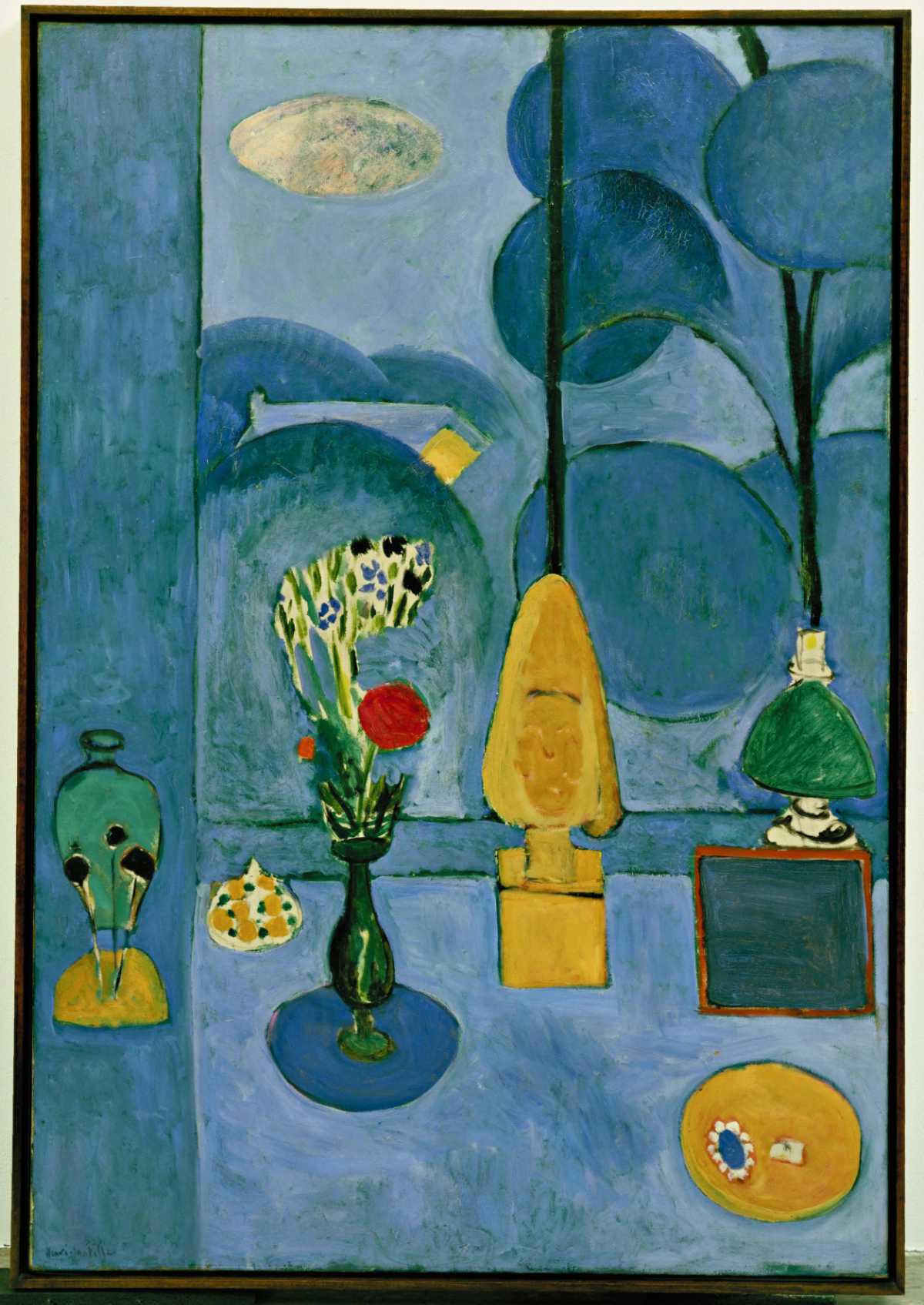
The dialogue between The Red Studio of 1911 and the Large Red Interior of 1948 will be highlighted especially in the Fondation’s exhibition, demonstrating how, within a span of nearly 40 years,
Matisse reinterprets this pioneering painting at a time when his work is undergoing profound change. The two paintings go on to lead parallel lives, serving as inspiration to many American and European artists.
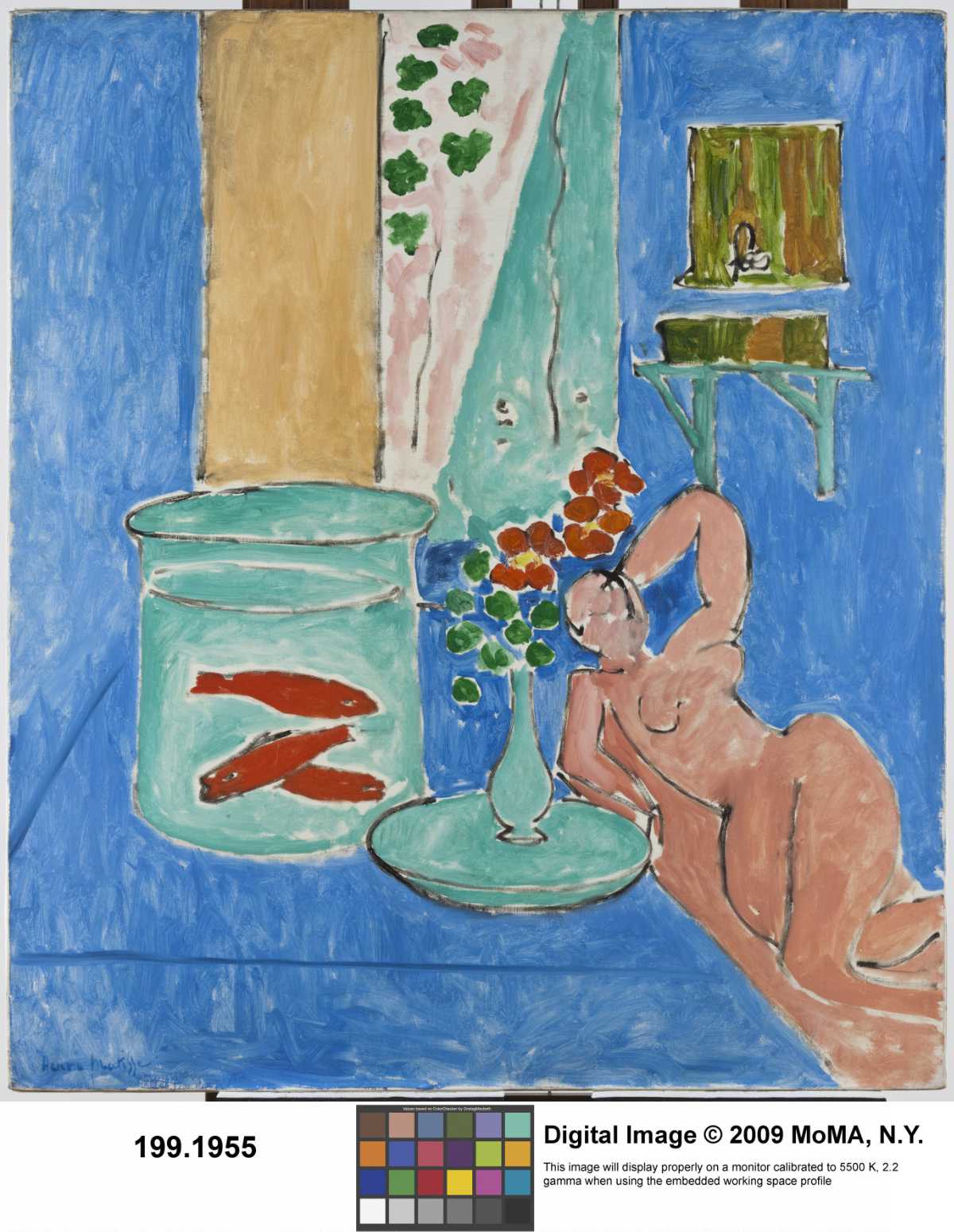
The exhibition was organized by Ann Temkin - the Marie-Josée and Henry Kravis Chief Curator of Painting and Sculpture at the MoMA - and Dorthe Aagesen, SMK’s Chief Curator and Senior Researcher, with the collaboration of the Archives Henri Matisse.
The exhibition “Matisse, The Red Studio” was presented from May 1 to September 10, 2022 at the MoMA in New York and from October 13, 2022 to February 26, 2023 at the SMK in Copenhagen.
- Ellsworth Kelly. Shapes and Colors, 1949-2015
To celebrate the centenary of the artist’s birth, “Ellsworth Kelly. Shapes and Colors, 1949-2015” will be the first exhibition in France to offer a broad overview of the work of this significant artist of the second half of the 20th century - both in terms of its chronology and in terms of the media on display. Organized with Glenstone Museum (Potomac, Maryland) and in collaboration with the Ellsworth Kelly Studio, the exhibition brings together more than 100 works: paintings and sculptures as well as drawings, photographs and collages. The exhibition has been supported by loans from international institutions (the Art Institute of Chicago, Kröller-Müller Museum, Museum of Modern Art, San Francisco Museum of Modern Art, Tate, Whitney Museum) as well as private collections.
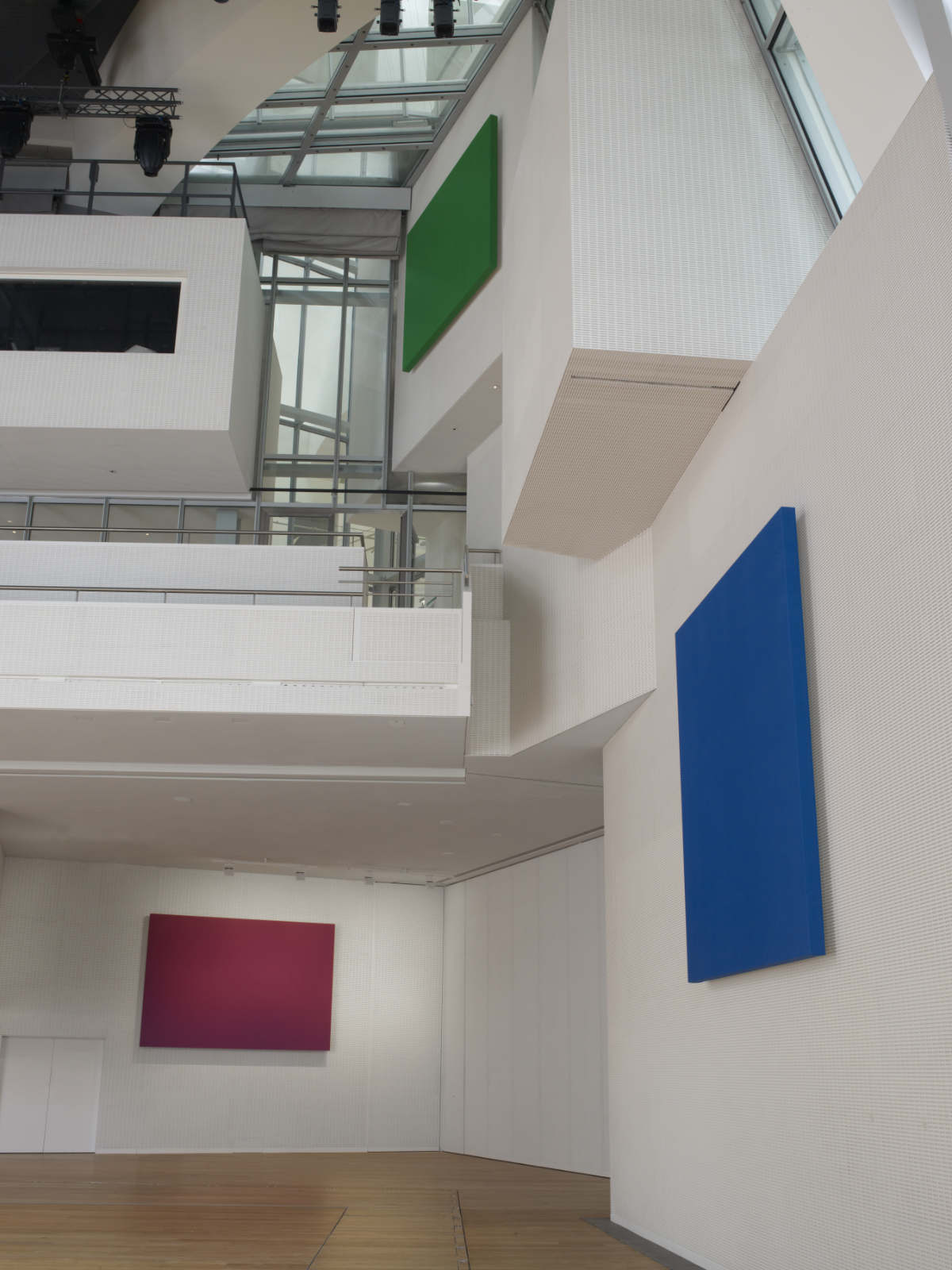
Ellsworth Kelly is regarded as one of the most significant American abstract painters and sculptors. His career, which spanned seven decades, was marked by his artistic independence from any school or movement, and by his groundbreaking contributions to 20th century painting and sculpture.
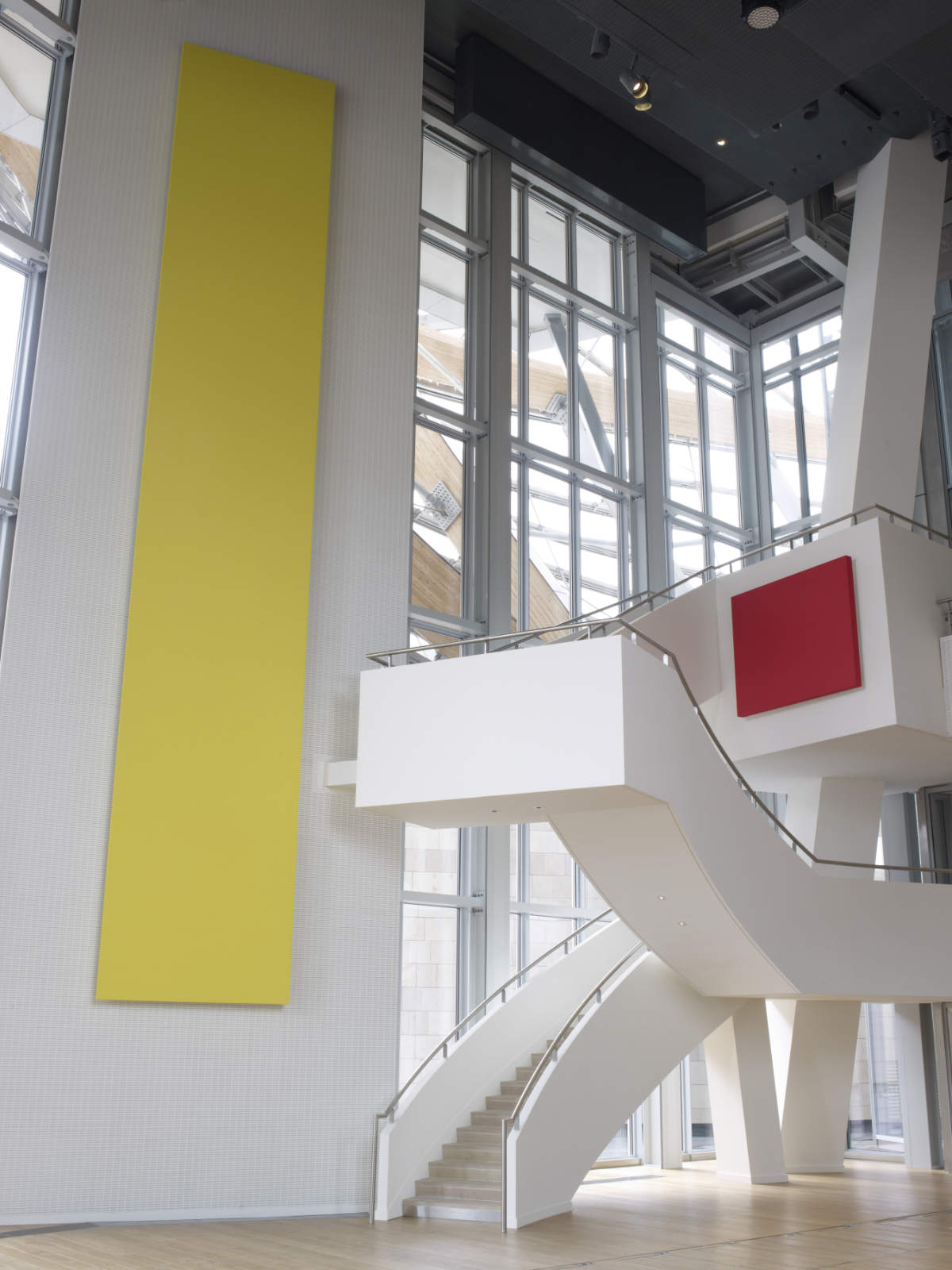
Kelly drew inspiration from nature and the world around him to create a singular style which revitalized abstraction in the 20th and 21st centuries. Ten years after his passing, his works still elicit the same fascination, well beyond the habitual boundaries of painting. Fondation Louis Vuitton has the opportunity to witness this every day: its Auditorium houses the final work ever to have been commissioned from the artist. Designed in a dialogue with the elements of Frank Gehry’s architecture, it extends from the stage curtain (Spectrum VIII) to the walls of the concert hall, which are lifted and animated by a series of red, yellow, blue, green and violet monochromes.
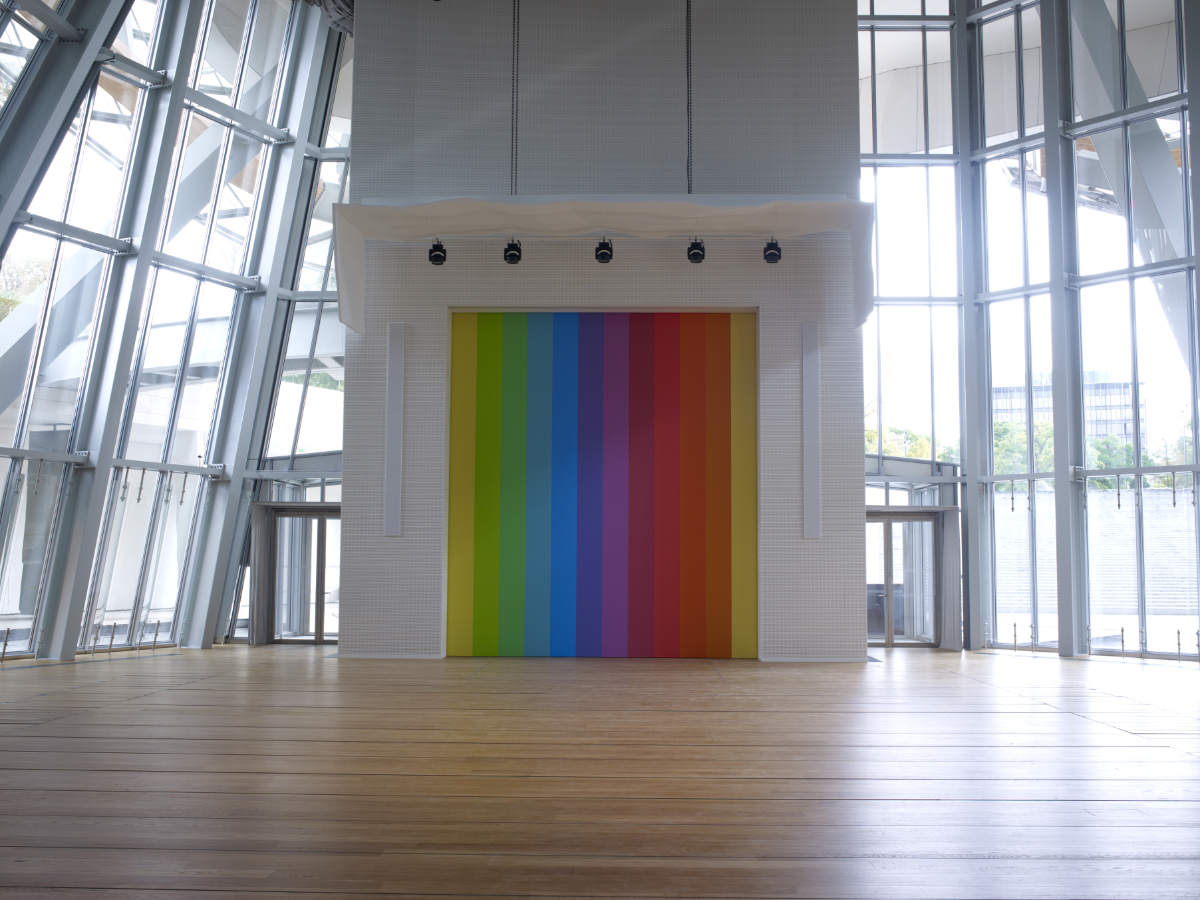
The exhibition “Ellsworth Kelly. Shapes and Colors, 1949-2015” traces the artist’s exploration of the relationship between shape, color, line and space through key works from pivotal periods in his career.
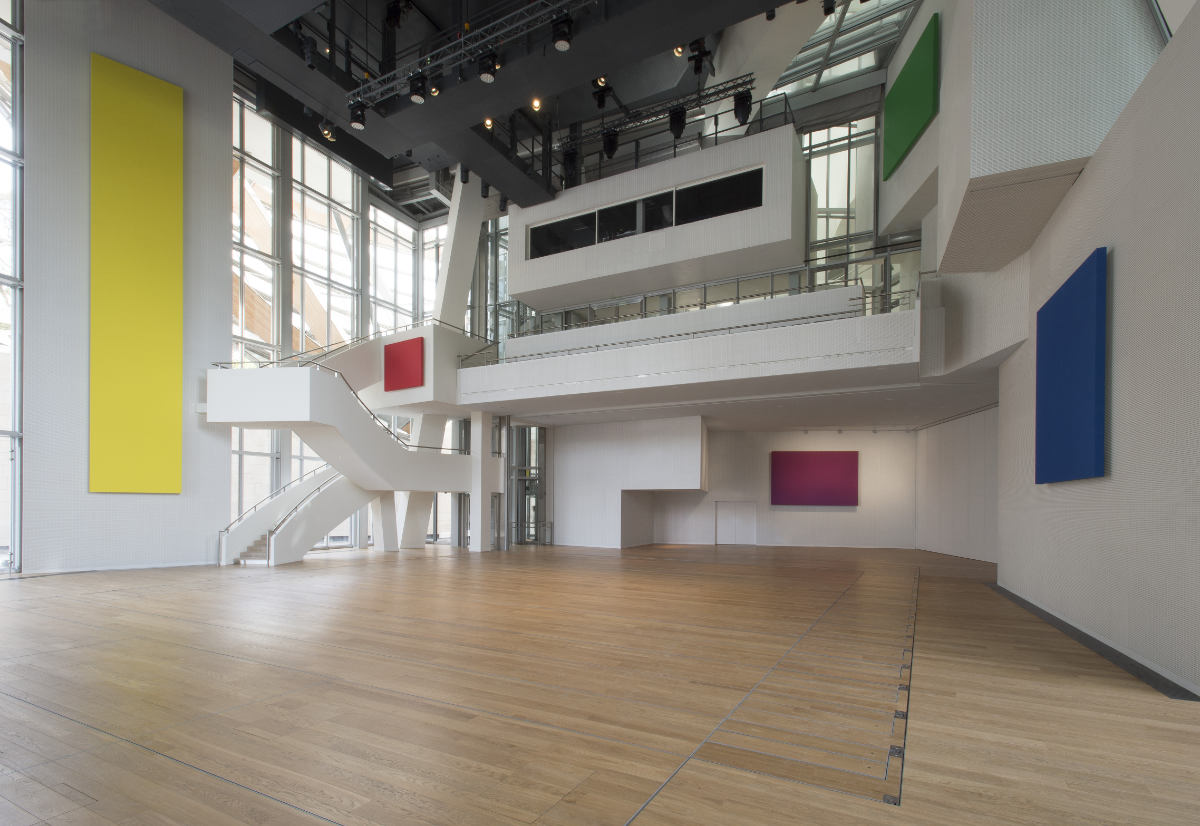
The range of works, presented on two floors of the building and across nearly 1,500 square meters, urges the viewer to overlook the deceptive simplicity of Ellsworth Kelly’s artistic vocabulary and to appreciate a body of works that features surprising vitality and richness. Often monochrome, and seemingly rigid in their composition, these works don’t emerge from a system or from adherence to particular rules. They are the result of a visual quest in which shapes and colors go hand in hand with hedonism.
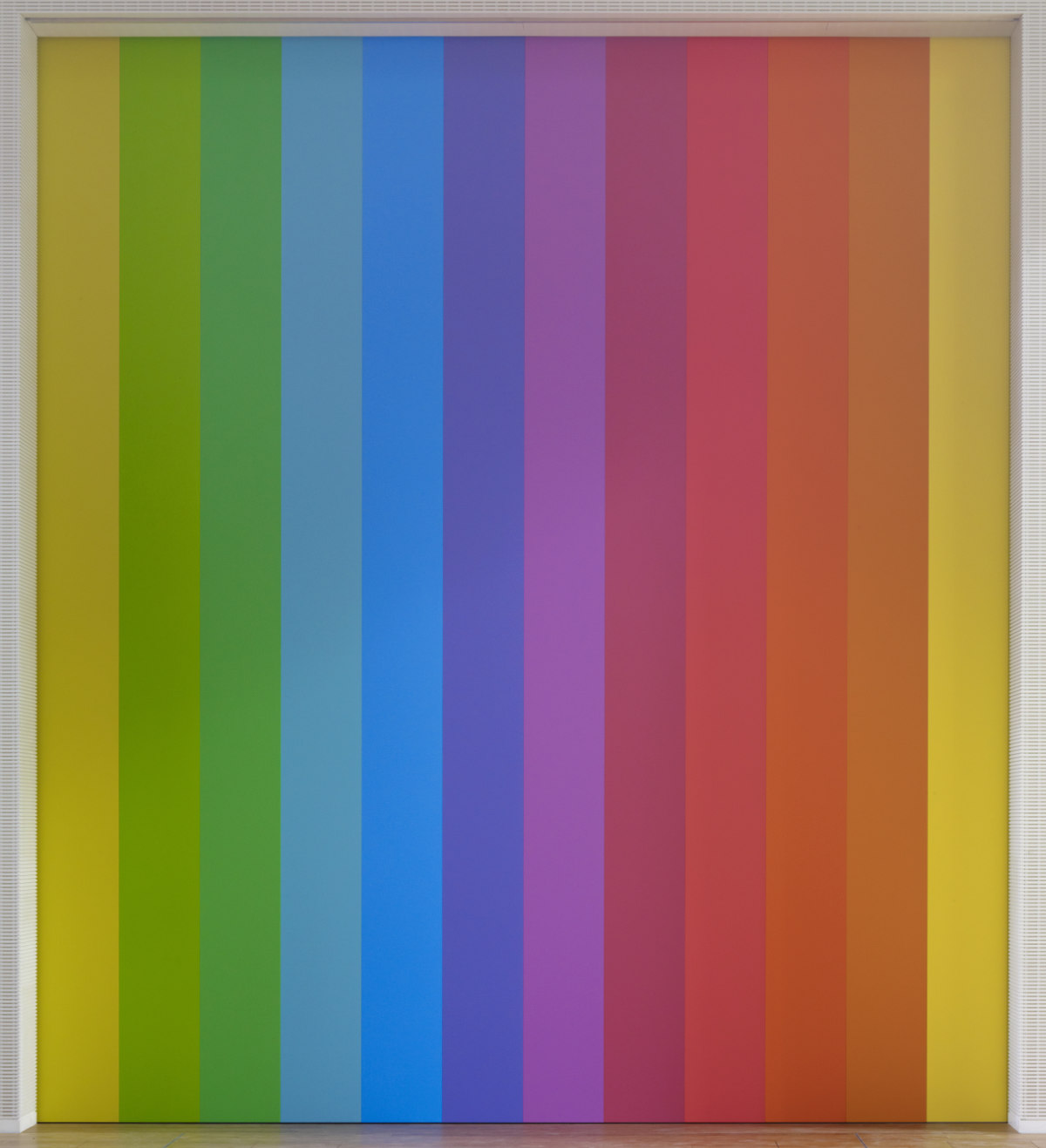
Presented in the Fondation’s ground and first floors, the exhibition includes around 100 works from the collections of the Glenstone Museum, the Fondation Louis Vuitton and major international museums, particularly the Centre Pompidou, Art Institute of Chicago, Philadelphia Museum of Art, Kröller-Müller Museum (The Netherlands), San Francisco Museum of Modern Art, Tate (London), Walker Art Center (Minneapolis) and the Whitney Museum of American Art (New York). Major works have also been generously loaned by the Ellsworth Kelly Studio and by private collections.
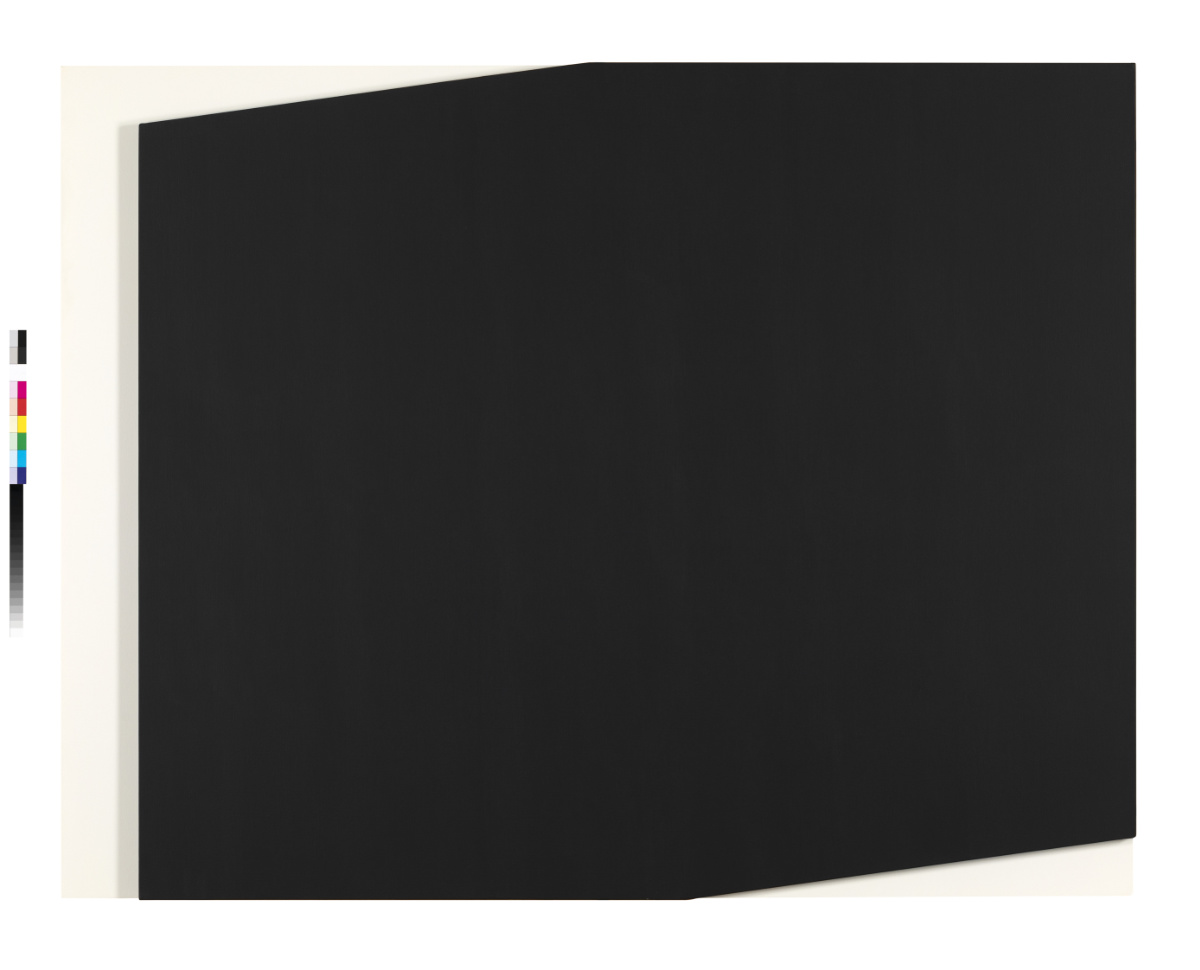
The exhibited works cover the wide range of media used by the artist: from painting to sculpture to works on paper - collage and photography. Exhibition highlights include paintings from the artist’s youth, such as Tableau Vert (1952) - the first monochrome made after Ellsworth Kelly’s visit to Giverny - or Painting in Three Panels (1956), a key example of the painter’s commitment to architecture. These early works are exhibited ahead of examples from the now canonical Chatham and Spectrum series. Prominently featured are a selection of drawings of plants produced throughout the artist’s career, as well as a collection of rarely exhibited photographs.
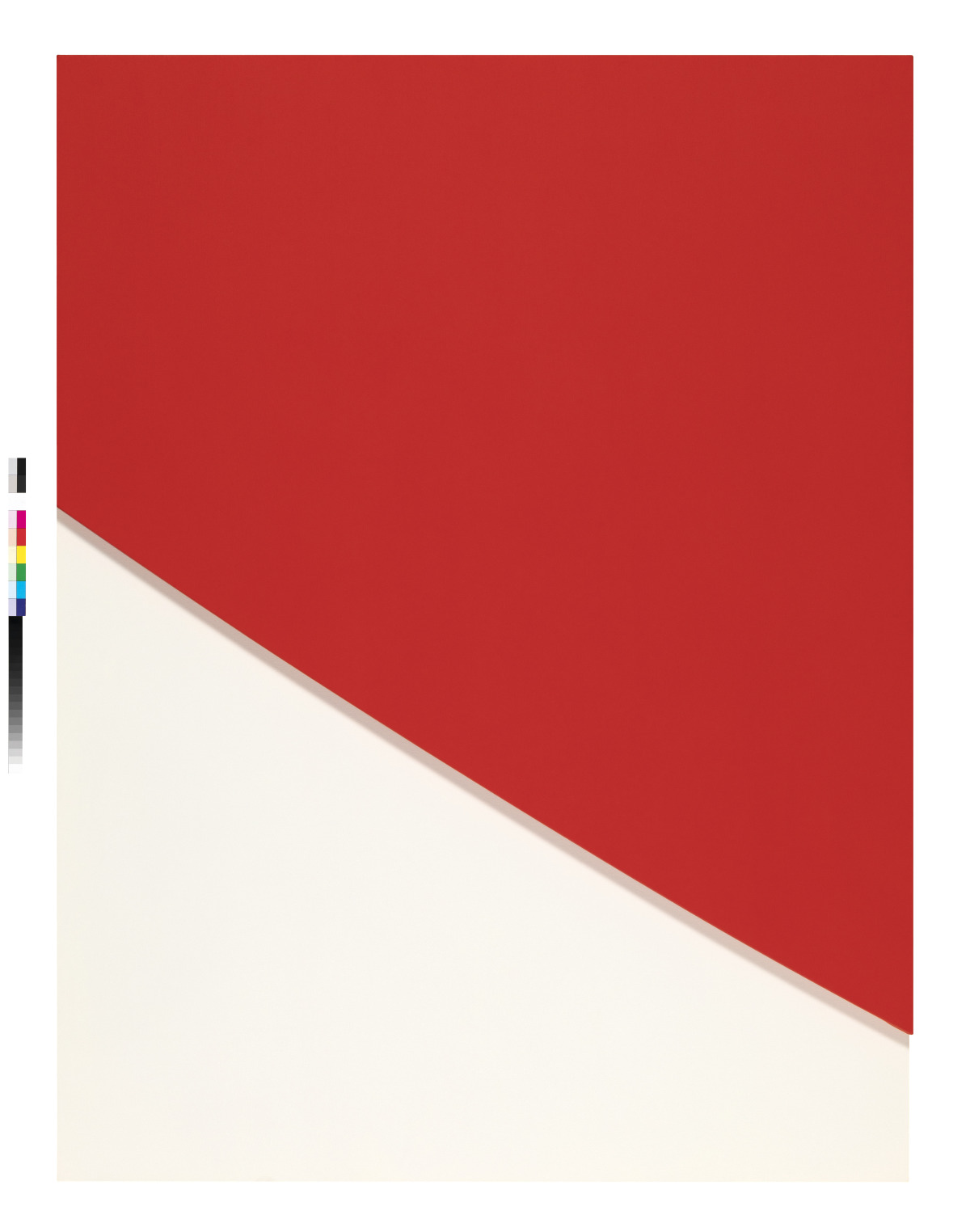
Striking works in the exhibition include Yellow Curve (1990), the first in a series of large-scale floor paintings by Ellsworth Kelly, displayed in a specially-designed space. The installation, which extends
over more than 60 square meters, is the first presentation in Europe of Yellow Curve since its creation in 1990 for an exhibition in Portikus, Frankfurt am Main.
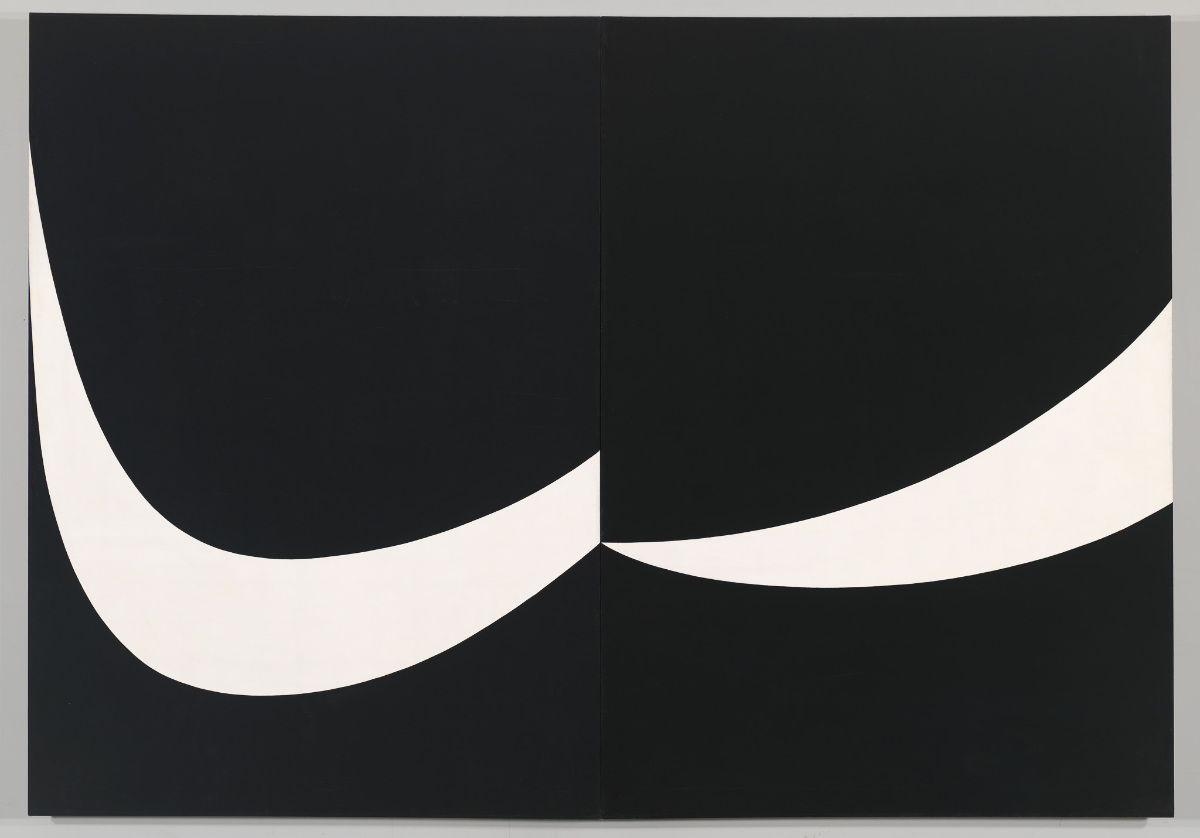
Another monumental work - a permanent one in this case - is the commission completed in 2014 by Ellsworth Kelly for Fondation Louis Vuitton’s Auditorium, in a dialogue with the architect Frank Gehry. Integrated in the exhibition, it will be presented to viewers in a documentary room that looks back on this project and its inclusion in the artist’s oeuvre.
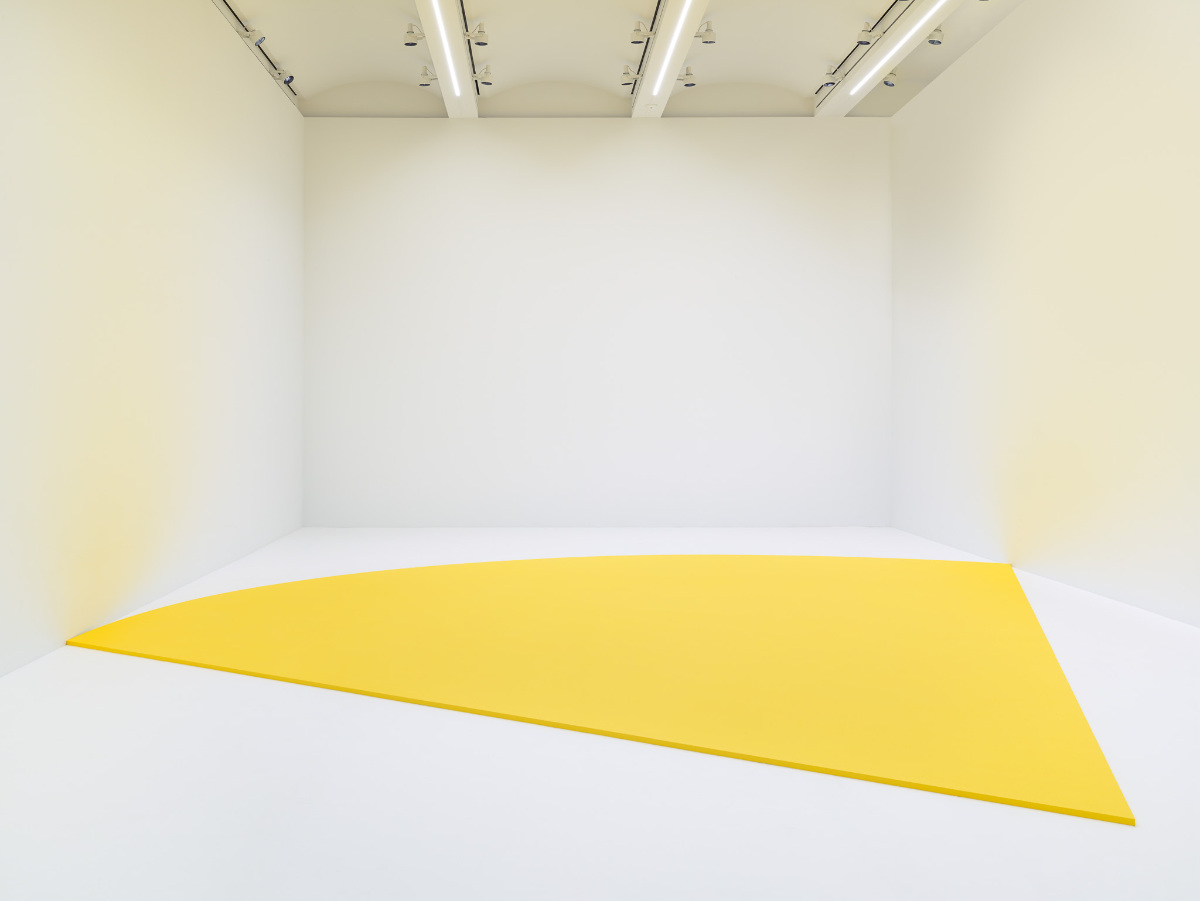
The exhibition “Ellsworth Kelly. Shapes and Colors, 1949-2015” is presented as part of “Ellsworth Kelly at 100,” a travelling exhibition organized by Glenstone Museum (Potomac, Maryland) where it is held until March 17, 2024. The French version of the exhibition has been adapted especially in light of Ellsworth Kelly’s contribution to the Fondation Louis Vuitton’s Auditorium. After Paris, where Ellsworth Kelly developed some of his most radical ideas as a young artist, a new presentation will be held at M7 in Doha (Qatar), marking the first exhibition of the artist’s work in the Middle East.

This exhibition is accompanied by a fully illustrated catalogue, co-published by Glenstone Museum, Fondation Louis Vuitton, and Les Éditions Hazan, with contributions by Suzanne Hudson, Jean-Pierre Criqui, Peter Eleey, Alex Da Corte, Yuri Stone, Corey Keller and Sarah Rogers.




